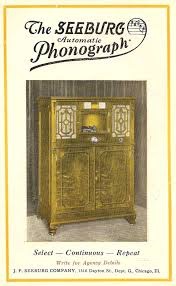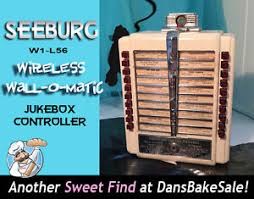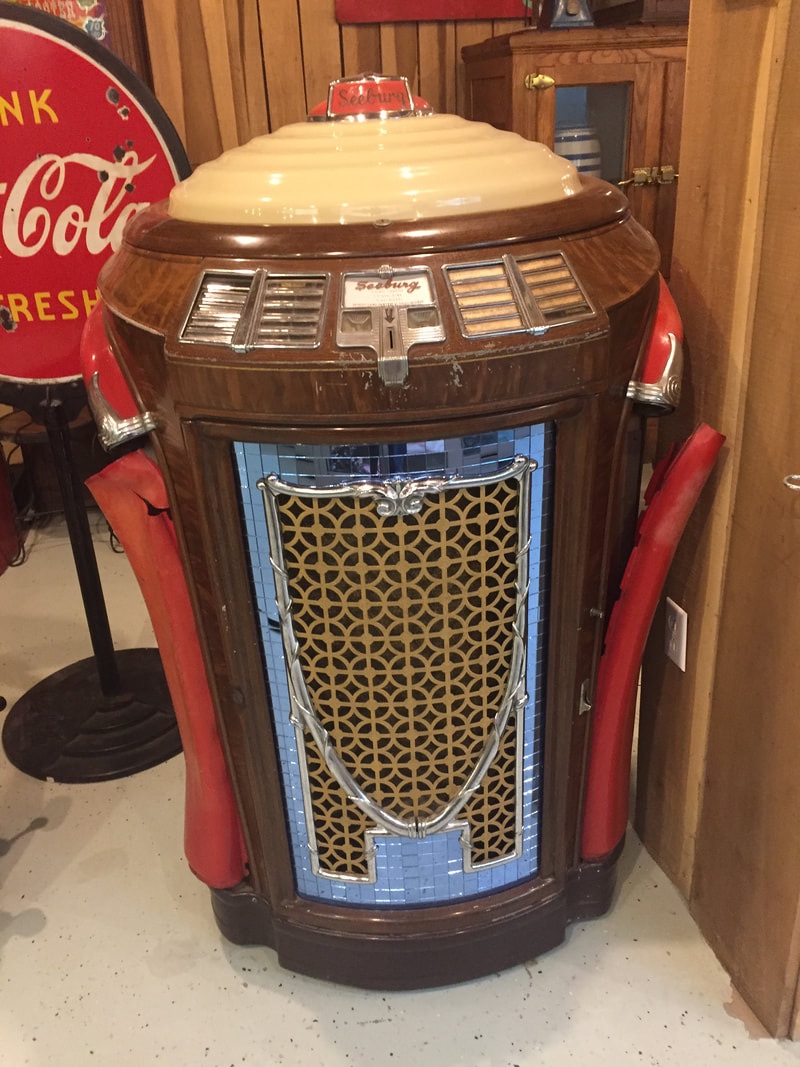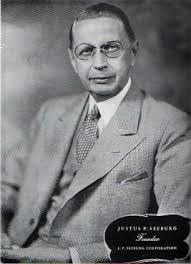Jukebox
|
The word "jukebox" came into use in the United States beginning in 1940, apparently derived from the familiar usage "juke joint", derived from the Gullah word "juke" or "joog", meaning disorderly, rowdy, or wicked. As it applies to the 'use of a jukebox', the terms juking (v.) and juker (n.) are the correct expressions.
|
The Seeburg Trashcan
Coin-operated music boxes and player pianos were the first forms of automated coin-operated musical devices. These instruments used paper rolls, metal disks, or metal cylinders to play a musical selection on the instrument, or instruments, enclosed within the device. In the 1890s these devices were joined by machines which used actual recordings instead of physical instruments. In 1890, Louis Glass and William S. Arnold invented the nickel-in-the-slot phonograph, the first of which was an Edison Class M Electric Phonograph retrofitted with a device patented under the name of Coin Actuated Attachment for Phonograph. The music was heard via one of four listening tubes.
|
In 1928, Justus P. Seeburg, who was manufacturing player pianos, combined an electrostatic loudspeaker with a record player that was coin-operated, and gave the listener a choice of eight records. This Audiophone machine was wide and bulky, and had eight separate turntables mounted on a rotating Ferris wheel-like device, allowing patrons to select from eight different records. Later versions of the jukebox included Seeburg's Selectophone, with 10 turntables mounted vertically on a spindle. By maneuvering the tone arm up and down, the customer could select from 10 different records
|




